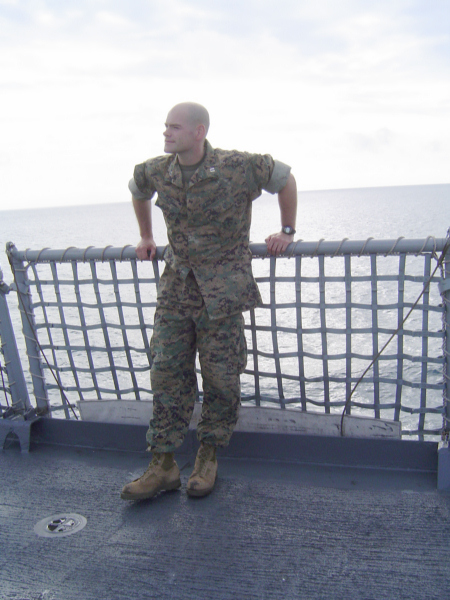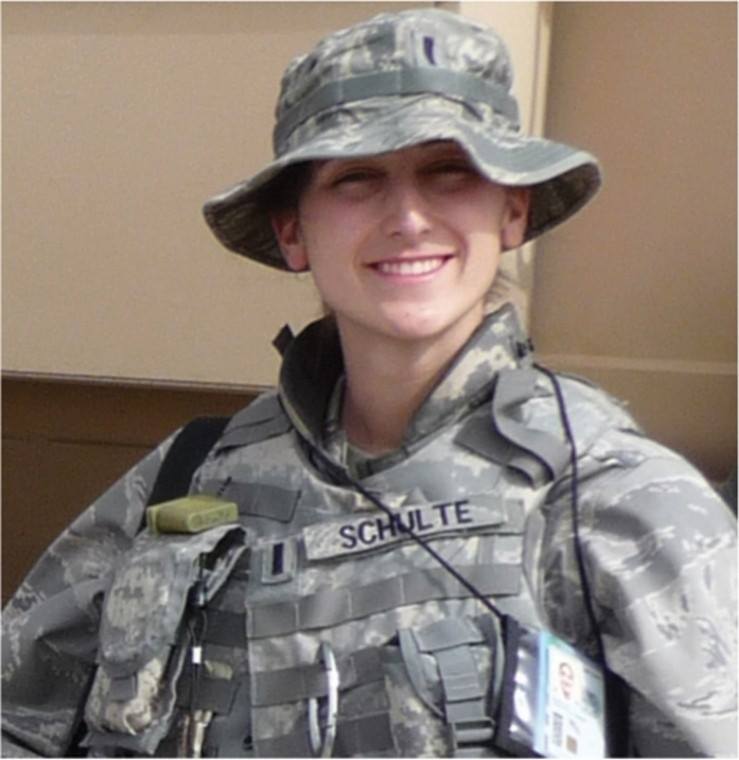Willy Pascua
In today’s ever-evolving landscape of modern warfare, the Electromagnetic Spectrum (EMS) remains a decisive battleground. While we’ve previously highlighted the indispensable role of low SWAP (Size, Weight, and Power) sensors, expertly wielded by ground operators on foot, it is equally vital to delve into the distinctive and invaluable contribution of chassis-based systems in this dynamic arena.
Chassis-Based Systems: The Powerhouses
Acknowledging that chassis-based systems inherently lack the mobility of ground operators with portable sensors, it’s crucial to underscore their unique strengths and advantages. Typically mounted on vehicles, these systems unlock a realm of possibilities in the pursuit of EMS dominance.
- Power and Capability: Chassis-based systems benefit from access to abundant power sources and ample space. This advantage enables them to host larger and more sophisticated electronic warfare capabilities, including high-end processing, computing, and data archiving. In the face of complex and technologically advanced adversaries, this extra capability can be a game-changer.
- Coverage and Endurance: In scenarios where extended coverage and endurance reign supreme, chassis-based systems excel. They can operate for prolonged periods, with less constraints of limited battery life. This endurance ensures unwavering electronic warfare support.
- Integration with Vehicles: The integration of chassis-based systems with vehicles enhances their mobility. These platforms can be swiftly deployed to forward positions, bolstering the capabilities of ground operators and extending the reach of electronic warfare operations. This level of maneuver is crucial to the dynamic modern battlefield.
- Customization and Adaptability: Notably, chassis-based systems exhibit remarkable flexibility. They accommodate diverse hardware configurations and customization options, allowing for tailored setups to meet specific mission requirements. This adaptability optimizes their performance, considering factors that extend beyond mobility alone.
Complementary Roles for Enhanced EMS Dominance
In the intricate theater of modern warfare, it is pivotal to recognize that low SWAP sensors and chassis-based systems perform complementary roles. While ground operators armed with portable sensors shine in agile, on-the-move scenarios, chassis-based systems come into their own in strategic deployments and situations demanding persistent and high-capacity electronic warfare capabilities that are adaptable to a myriad of mission profiles.
Mission Profile: Electronic Warfare and Reconnaissance in Dense Littoral Environments
Consider a scenario where a joint force conducts operations in a dense littoral environment, characterized by intricate geography and a high density of maritime and ground-based electronic systems.
- Low SWAP Sensors and Reconnaissance: In this formidable littoral setting, highly skilled ground operators equipped with low SWAP sensors play a pivotal role. They navigate the intricate coastal terrain, identifying and neutralizing electronic threats posed by both land-based and maritime adversaries. Their agility in swiftly moving and operating in confined spaces proves invaluable for ensuring EMS dominance in proximity to the coastline. Simultaneously, their reconnaissance capabilities and close access gather critical intelligence on enemy positions and activities, enhancing situational awareness.
- Chassis-Based Systems for Electronic Warfare: Concurrently, chassis-based systems, deployed on maritime, amphibious, or coastal surveillance platforms, offer vital support. These systems deliver extended coverage and potent electronic warfare capabilities, identifying and disrupting enemy communications and radar systems across a broader area. Their integration with specialized littoral maneuver solutions ensure mobility within the challenging coastal landscape, enabling them to maintain positions crucial for sustaining EMS dominance.
- Rapid Kill Chain, Data Collection, and Archiving: Beyond their electronic warfare prowess, chassis-based systems serve as indispensable data collection and processing hubs, contributing to a rapid kill chain. They enable the identification, intercept, record, and analysis enemy communications and electronic emissions, providing actionable intelligence to ground operators and the broader joint force. This data is not only essential for immediate electronic warfare efforts but also for PED requirements and post-mission analysis and archiving, cultivating a repository of knowledge for future operations.
In this mission, ground operators, equipped with low SWAP sensors and reconnaissance capabilities, work in tandem with chassis-based systems specializing in intelligence and electronic warfare. Ground operators focus on immediate threats, nuanced electronic warfare tasks, and reconnaissance in the littoral environment, while chassis-based systems provide the overarching intelligence and electronic warfare umbrella and robust data collection, processing, and archiving capabilities. This collaborative synergy ensures that the coalition force maintains control over the EMS, even in complex coastal settings.
Let’s nurture an ongoing dialogue on the pivotal roles that both low SWAP sensors and chassis-based systems play in modern warfare, as they adapt to diverse operational environments. Your insights and experiences are invaluable, and we wholeheartedly encourage you to share your thoughts and expertise in the comments below.
This site is free for everyone to learn about information warfare, connect with mentors, and seek the high ground! Unfortunately operating the site is not free and your donations are appreciated to keep KTC up and running. Even a five or ten dollar donation helps.







